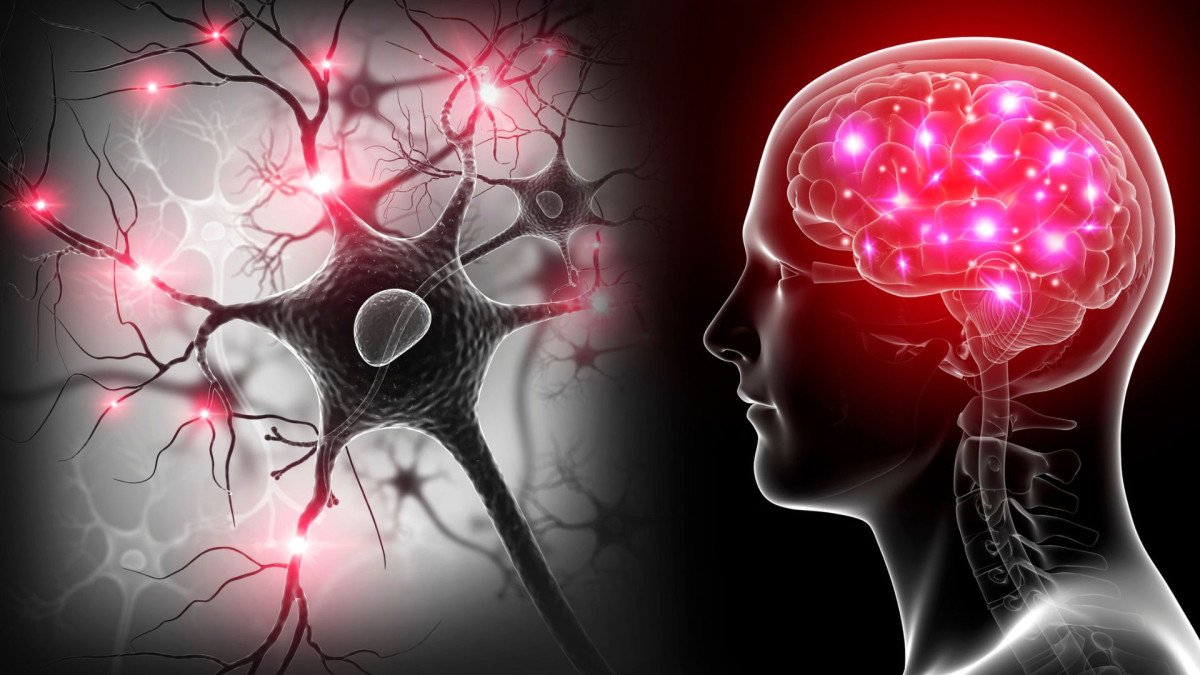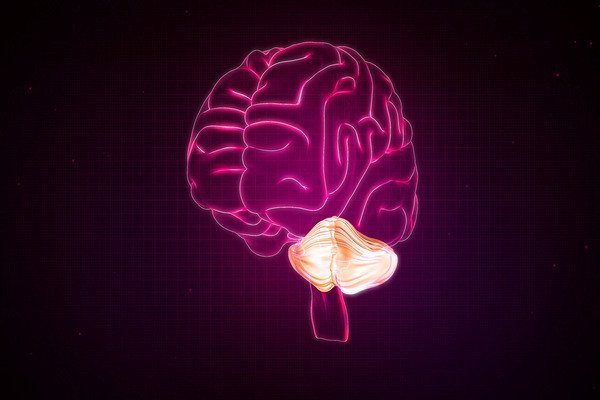Tic disorder is a neurological condition that affects a significant number of people around the world Despite its prevalence, it remains a largely misunderstood topic. Tics are sudden, rapid, involuntary movements or sounds made by people who suffer from this disorder. They can be classified into two main categories.
On the one hand, motor tics, which include uncontrollable physical movements. Some common examples include repeatedly frowning or opening your mouth, and moving your arms and legs. On the other hand, vocal tics refer to uncontrollable sounds or words that a person makes, such as clearing the throat or even involuntary words and phrases.
What types of tics exist?
Tics are classified as follows:
1. Simple: Sudden and Unique Movements or Sounds
They are the most common form of tics and are characterized by simple, brief and sudden movements or sounds such as:
2. Complexes: Movements or elaborate sounds
They involve more elaborate sequences of movements or sounds and may appear more unusual to those observing them such as:
3. Combined Motor and Vocal Tics
This means that they not only have uncontrollable movements, but also involuntary sounds that accompany those movements. This combination can be especially challenging for those who experience it, as it can attract more attention and be more noticeable to others.

Causes of involuntary tics
While the exact cause of involuntary tics is not yet fully understood, it is thought to involve a combination of factors:
Diagnosis and treatment
The diagnosis of involuntary tic disorder is based on the observation of symptoms by a health professional The criteria focus on the presence of persistent motor or vocal tics for at least one year, although brief periods of remission are allowed. Additionally, it is important to rule out other medical conditions that may cause similar symptoms.
The evaluation may include interviews with the patient and, in the case of children, their parents or guardians. The medical history is recorded and careful observation of tics is made to determine their type, frequency, and duration. Tic treatment is personalized to individual needs:
People living with tics share their experience:
To shed light on this condition and foster understanding and empathy, it is essential to listen to the voices of those living with tics. “It’s like having a switch in your head that turns on and off without your permission. “No matter how hard you try, sometimes you just can’t help it.” “Sometimes people look and ask what’s wrong with me. I try to explain, but they don’t always understand.” “Finding a support group for people with tics has been essential for me. Here I can be myself without judgment.
It is essential that society in general learns not to quickly judge those who have tics and not to make insensitive comments It is important to remember that many people can lead full and productive lives with the right support. Public understanding and acceptance are vital to creating an environment where people with involuntary tics feel supported and can reach their full potential.










